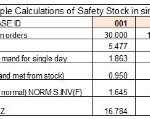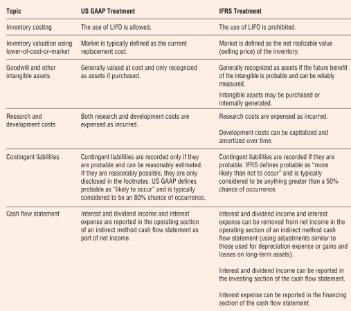On the other hand, advertising expenses will vary with the strategic decisions a company makes during the given period. The most common examples are rent, insurance, utilities, supplies, and expenses related to company management, such as salaries of executives, admin staff, and non-salespeople. In an income statement, gross profit less SG&A (and depreciation expense) equals the operating profit, also known as earnings before interest and tax (EBIT). At the same time the process of gathering business information and turning it into visually perceptible sources for such analysis is streamlined by a good business accounting software. A good combination of Business Intelligence technology and management talent can work wonders. SG&A is both critical to the success of a business and vulnerable to cost-cutting.

When in doubt, please consult your lawyer tax, or compliance professional for counsel. Sage makes no representations or warranties of any kind, express or implied, about the completeness or accuracy of this article and related content. Get instant access to video lessons taught by experienced investment bankers. Learn financial statement modeling, DCF, M&A, LBO, Comps and Excel shortcuts. But as mentioned earlier, the line item can be broken out individually depending on the size of the cost and relevance to the core business model.
Better Understanding of Operations
A line for selling, general, and administrative (SG&A) expenses appears on a company’s income statement. They’re part of the day-to-day operating costs that keep a firm in business. https://kelleysbookkeeping.com/9-tips-for-small-business-taxes/ As well as your direct selling expenses you’ll also have indirect selling expenses. They might include your markets and advertising budgets or your promotional activities.
What is general and administrative G&A expenses?
General and administrative expenses are accounting terms that refer to a company's operating expenses that stay the same regardless of sales or production levels. Types of G&A expenses include building expenses, salaries and wages, insurance, licenses and fees and supplies.
Both encompass the expenses necessary to operate a business independent of the costs to manufacture goods. When you leave a comment on this article, please note that if approved, it will be publicly available and visible at the bottom of the article on this blog. For more information on how Sage uses and looks after your personal data and the data protection rights you have, please read our Privacy Policy. Having timely, accurate information about your income and costs is essential.
Learn How NetSuite Can Streamline Your Business
Even small businesses and startups can benefit from accounting software that can unify your financial data, including expenses, sales and even payroll. A company must incur many different types of costs to run a business, and many of those expenses are not directly tied to making specific products. These broad costs are classified as selling, general, and administrative costs. Reported separately from COGS, these expenses are deducted from gross margin to determine a company’s net income.

It ranges from the raw materials to make the product, to the shipping costs and taxes required to get it to the buyer. You’ve probably read or heard the words ‘Selling, General & Administrative Expense’ or SG&A somewhere by now. Knowing how these costs affect your business is important, but during challenging economic times this knowledge is essential.
Why Do You Need to Know SG&A for Your Business?
Management often attempts to keep SG&A costs limited to a certain percentage of revenue, but that figure may vary a great deal, depending on sector and industry. It’s useful to know which categories within this broad heading of business expenses your various outgoings fall. You’ll want to be clear on the costs Sg&a Expense Selling, General & Administrative of salaries and commissions as these might well be your largest expenses here. Alongside your general and admin expenses are what are called costs of goods sold (COGS). These include materials and labor costs if you’re making something, or the charge for buying products wholesale if you’re solely a retailer.
- Examples of direct selling expenses include transaction costs and commissions paid on a sale.
- Selling costs can include advertising, sales commissions, and promotional costs.
- Companies with low available prices and efficient operations can generate higher profits.
- Indirect selling expenses are incurred during the manufacturing process and after the product is finished.
- Our easy-to-use template will help you understand the cash coming in and going out of your business so you can make smarter decisions.